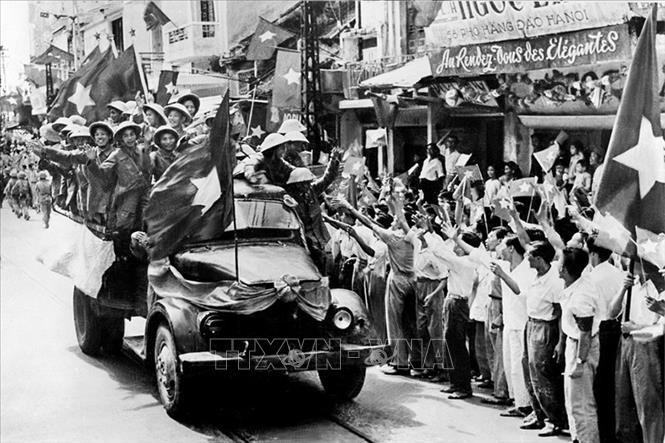 |
On the morning of October 10, 1954, the troops of the Vietnam People's Army entered from the city gates to take over the liberated capital amidst a forest of flags and flowers welcomed by 200,000 Hanoians . Photo: VNA documents |
70 years have passed, at this moment, tens of thousands of Hanoians, especially those who directly fought to protect the Capital during 60 days and nights of fire and smoke, those who were honored in the Vanguard Army returning to take over the Capital and those who witnessed that sacred moment, are filled with emotions. The heroic song of Victory Day is a milestone for Hanoians to cherish and be proud of the past, adding courage and confidence to build the Capital to develop more and more.
VNA reporters wrote about the arduous but heroic days of fighting of the army and people of the capital on the first day of the national resistance war, especially the 60 days and nights of fire and smoke, holding back the French invaders so that the Party Central Committee and the Government could withdraw to the Safe Zone, creating conditions for the whole country to prepare in all aspects for the long-term resistance war. Along with that is the mark of the day of Victory returning to take over the capital and the aspiration to build a "civilized - cultured - modern" Hanoi in the current period.
After we gained power in 1945, the French colonialists sought every way to provoke and invade our country once again. On the night of December 19, 1946, President Ho Chi Minh, on behalf of the Party Central Committee and the Government, issued a call for national resistance, starting a long-term resistance war. Also that night, from Lang fortress, the first cannon shots were fired, signaling the national resistance war. A series of fierce and fierce battles by the army and people of Hanoi against the enemy, including many suicide battles, demonstrated Hanoi's spirit and will in the war to protect the capital.
The series of cannons that went down in history
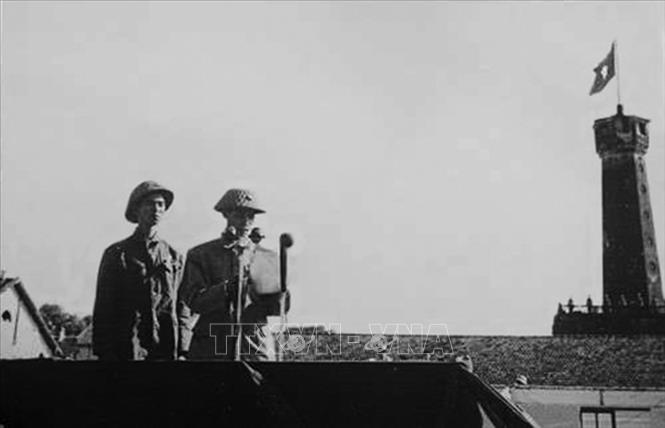 |
| Major General Vuong Thua Vu, Commander of the 308th Division and Chairman of the City Military Commission, read President Ho Chi Minh's Appeal to the people of the Capital at the first flag-raising ceremony on Hanoi Liberation Day, held at the Flagpole yard (now Doan Mon - Thang Long Imperial Citadel) at 3:00 p.m. on October 10, 1954. Photo: Document/VNA |
At 8:03 p.m. on December 19, 1946, Lang Fort (Dong Da District) fired the first volley of bullets, signaling a general offensive, opening the days of the National Resistance War. Next, Xuan Tao Fort (Bac Tu Liem District, Hanoi) also fired volleys of artillery at the French army. Workers at Yen Phu Power Plant broke the machine, and the entire city went dark. Immediately after that, the army and people of Hanoi, with rudimentary and meager weapons, stubbornly fought against the French colonialists in fierce battles.
At that time, the gunners at Lang Fort had 9 men but they bravely stuck to the battlefield to attack the enemy. After receiving the attack order the day before, at noon on December 19, Platoon Leader Gia (the fortress commander) ordered the soldiers to have an early dinner, arrange their belongings, and assign tasks to everyone because they might have a fight at night. Everyone was nervous and mentally prepared.
At night, the gunners gathered outside the fortress. Everyone looked towards the inner city, waiting. Suddenly, a signal flare shot straight into the sky in the middle of the city. At that time, Platoon Leader Gia shouted "Prepare... fire... fire... fire....". The two cannons immediately fired 3 rounds, 6 into the fortress, the whole fortress shook. Immediately after that, Platoon Leader Gia sent a scout into Hanoi citadel to check. After that, the scout reported that many French soldiers died in the citadel; one shot went to the north of the citadel but did not affect the people.
General Vo Nguyen Giap called to commend the soldiers of Lang fortress for performing their mission well, shooting accurately at the target, making everyone happy. The next morning, the General commented, "The round of bullets fired by Lang fortress last night was a sacred round of bullets for our people, a great victory because the colonialists were plotting to destroy the citadel and attack us. We attacked them a few minutes before them, destroying the enemy's plot."
The youngest guard in the past, Phung De (a liaison of Company 15, Battalion 103, Dong Kinh Nghia Thuc area, Inter-zone I) recalled that on the night of December 19, 1946, when the whole of Hanoi was covered in darkness, he heard the sound of cannons at Lang fortress. In his mind, he immediately thought that the moment of resistance had come. At the same time, the army and people of Hanoi fought fiercely in various places all night long, the sound of gunfire was incessant, the whole sky of the capital was bright.
From December 23 onwards, the infantry and people of the capital fought fiercely against the French, pinning the enemy down in the citadel. The gunners of Lang fortress continued to dig tunnels, prepare ammunition and weapons, and await orders to fight. On January 12, 1947, the soldiers of Lang fortress were ordered to withdraw to the Safe Zone. When leaving, the gunners removed a mechanism and an ammunition tray and took them with them. Arriving at Dan Sy ferry in Ha Dong, the gunners handed them over to the Combat Committee on duty to continue the march.
The late gunner Do Van Da once shared that the names of the gunners were associated with Lang fortress. It was not only their honor but also the honor of all the people of Yen Lang, now Lang Thuong ward, Dong Da district in general.
Boiling with the spirit of determination to die for the survival of the Fatherland
 |
| Infantry soldiers of the Capital Regiment, Division 308 on the streets of the Capital, morning of October 10, 1954. Photo: VNA archive |
Responding to President Ho Chi Minh's call for national resistance "Rather sacrifice everything, but never lose the country, never become slaves", together with the people of the whole country, the army and people of Hanoi with the spirit of "Live and die with the Capital", "Determination to die for the Fatherland to live" unanimously rose up to fight the enemy to save the country. With the extremely heroic 60-day and night battle at the end of 1946 and the beginning of 1947, the army and people of the capital Hanoi initiated the national resistance, holding back the French invaders and wearing down the enemy's strength so that our headquarters and resistance forces could safely withdraw from Hanoi.
Although our army was equipped with primitive weapons to fight against an elite enemy equipped with modern weapons, with a heroic and courageous spirit, the national guards still steadfastly held their ground day and night, fighting with the enemy for every house and street corner.
Now 93 years old, the youngest guard Dang Van Tich (Lai Xa village, Kim Chung commune, Hoai Duc district, Hanoi) still has intact memories of the early days of joining the resistance war when reminded of the 60 days and nights of fire and smoke protecting Hanoi. With a clear voice and a clear memory, he tells about the opportunity to stand in the ranks of the resistance army and his liaison work. At that time, he was only 13 years old and joined the fighting force in Long Bien area of Inter-zone I. Due to his liaison work, he clearly knows the fierce battles at Hang Thiec, Dong Xuan market, Ke school (now Tran Nhat Duat Primary School), Sauvage house (now Nguyen Du Primary School)...
At that time, the people of Hanoi, especially the elderly and children, evacuated or returned to their hometowns; the youth stayed behind to fight the enemy. The soldiers and youth practiced military training day and night very enthusiastically. The houses in the Hoan Kiem area were built as empty gardens and houses, and were used by the soldiers as military bases to fight the French. The walls of one house were carved into another in a zigzag pattern to facilitate communication; mahogany beds, cabinets, beds, pots and pans, and trees were used to build mounds across the road, blocking the way for French vehicles. The battles were often fierce but did not shake the fighting spirit of the people.
With the spirit that the longer the bases in Inter-Zone I are held, the more the enemy can be held back, the Capital Regiment has the important task of holding the enemy back to create conditions for preparing resistance forces (The Capital Regiment was named for Inter-Zone I Regiment at the First National Military Conference on January 12, 1947).
The battle that made Mr. Dang Van Tich most regretful was at Ke school when the enemy occupied the lower floor, our forces retreated to the second floor. The dire situation forced the young liaison boy Tran Ngoc Lai to climb down a water pipe to the military base to ask for reinforcements. But when he climbed back up, the enemy discovered him and shot him dead. Our forces rushed down to avenge liaison Tran Ngoc Lai, forcing them to retreat.
The youngest guard Dang Van Tich said that before entering the long-term resistance war, at many locations in the city, the soldiers of the National Guard, the Suicide Squad, the militia, and the self-defense force took an oath with the oath "To live and die with the Capital", "To die for the Fatherland to live". The suicide squad of Inter-Zone I at that time had more than 20 people, their backgrounds were carefully reviewed, they had no parents, no family, and did not depend on anyone. When there were tanks or vehicles, the soldiers used three-pronged bombs to attack and heroically sacrificed themselves.
The spirit of fighting against the French was burning everywhere. Although the enemy attacked our forces day and night, oppressed the people, and searched every corner of the streets, the soldiers still steadfastly held their ground to protect Hanoi and fight back.
Next article: The miraculous retreat
Source: https://baothuathienhue.vn/chinh-tri-xa-hoi/70-nam-giai-phong-thu-do-ha-noi-60-ngay-dem-khoi-lua-146701.html


![[Photo] Prime Minister Pham Minh Chinh holds meeting to launch exhibition of national achievements to celebrate 80th National Day](https://vphoto.vietnam.vn/thumb/1200x675/vietnam/resource/IMAGE/2025/6/23/0c0c37481bc64a9ab31b887dcff81e40)



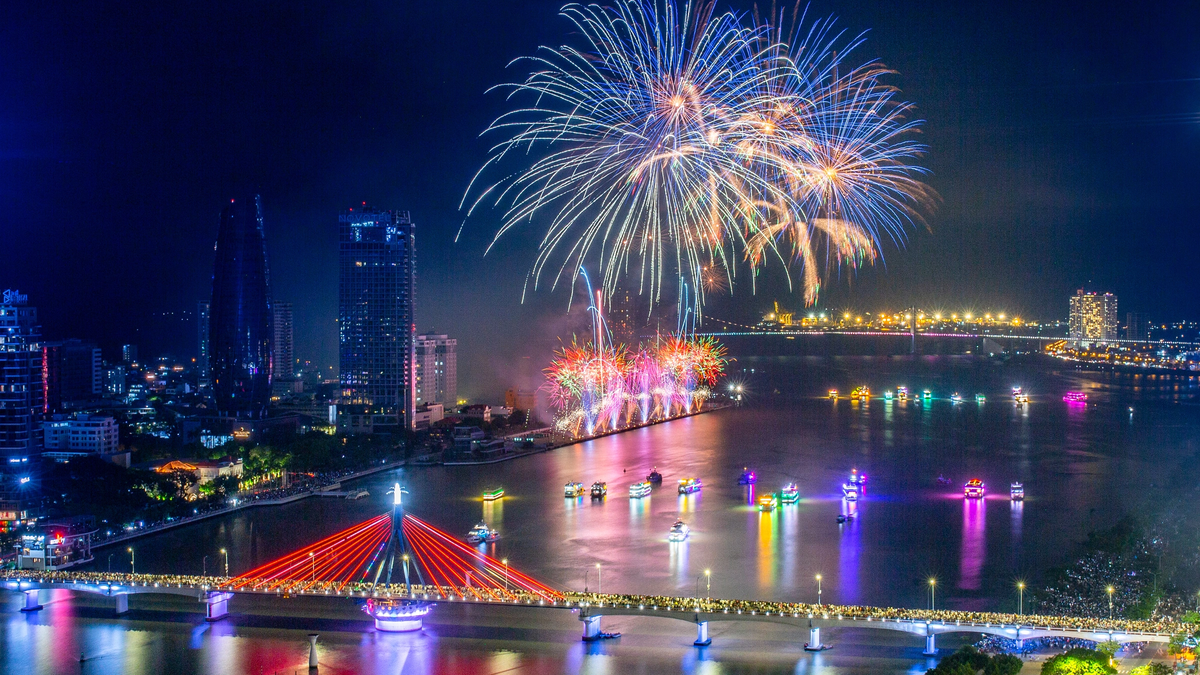
![[Photo] Prime Minister Pham Minh Chinh chairs the national online conference on combating smuggling, production and trade of counterfeit goods.](https://vphoto.vietnam.vn/thumb/1200x675/vietnam/resource/IMAGE/2025/6/23/4a682a11bb5c47d5ba84d8c5037df029)
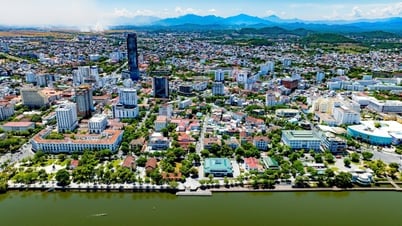

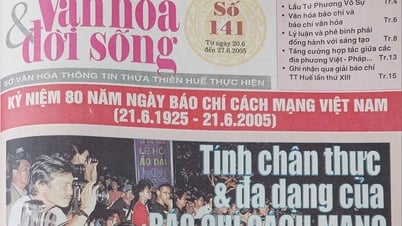



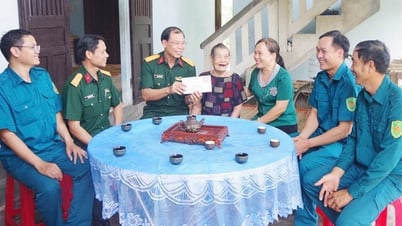




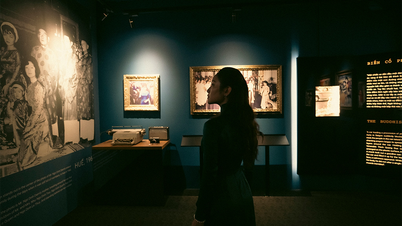
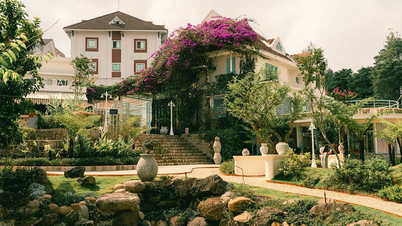



![[Photo] Party Congress of the Central Internal Affairs Commission for the 2025-2030 term](https://vphoto.vietnam.vn/thumb/1200x675/vietnam/resource/IMAGE/2025/6/23/5bf03821e6dd461d9ba2fd0c9a08037b)


































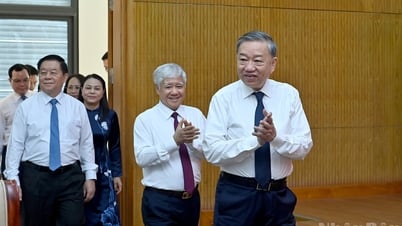




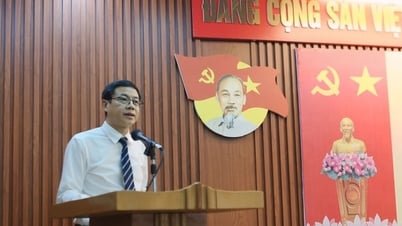


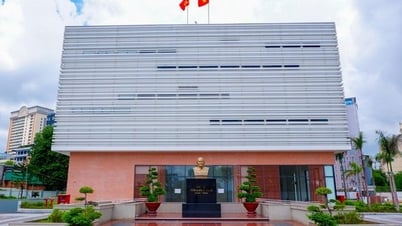

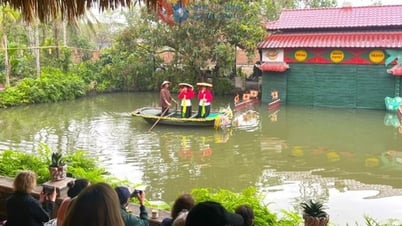



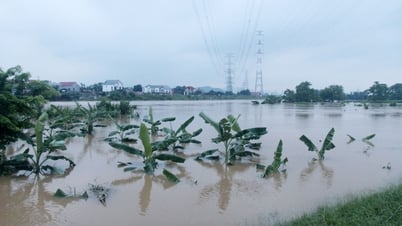
















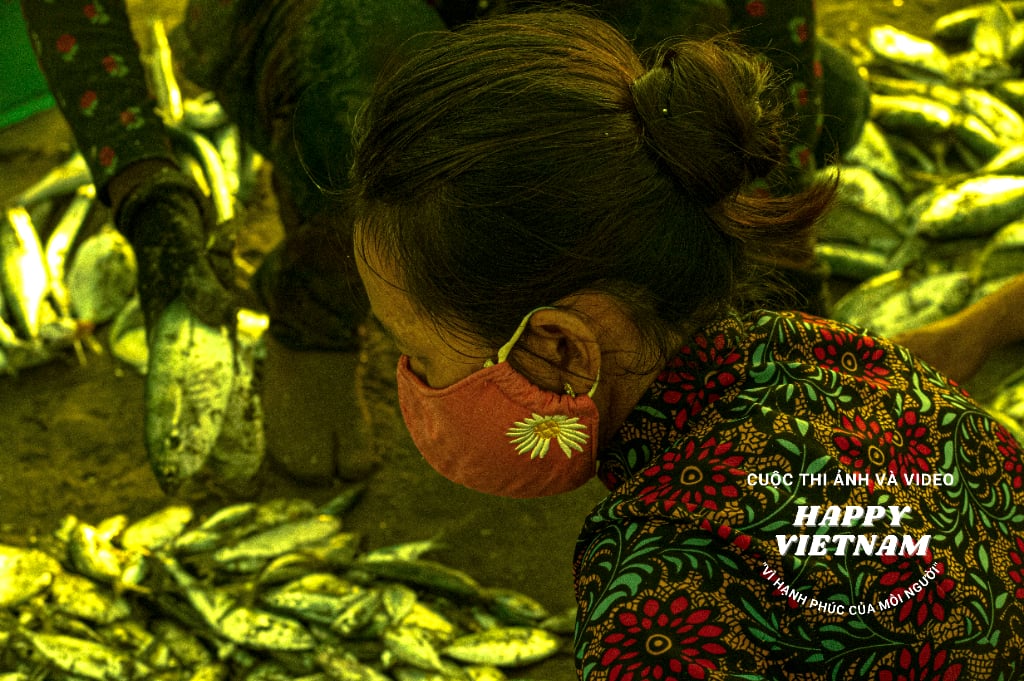



Comment (0)